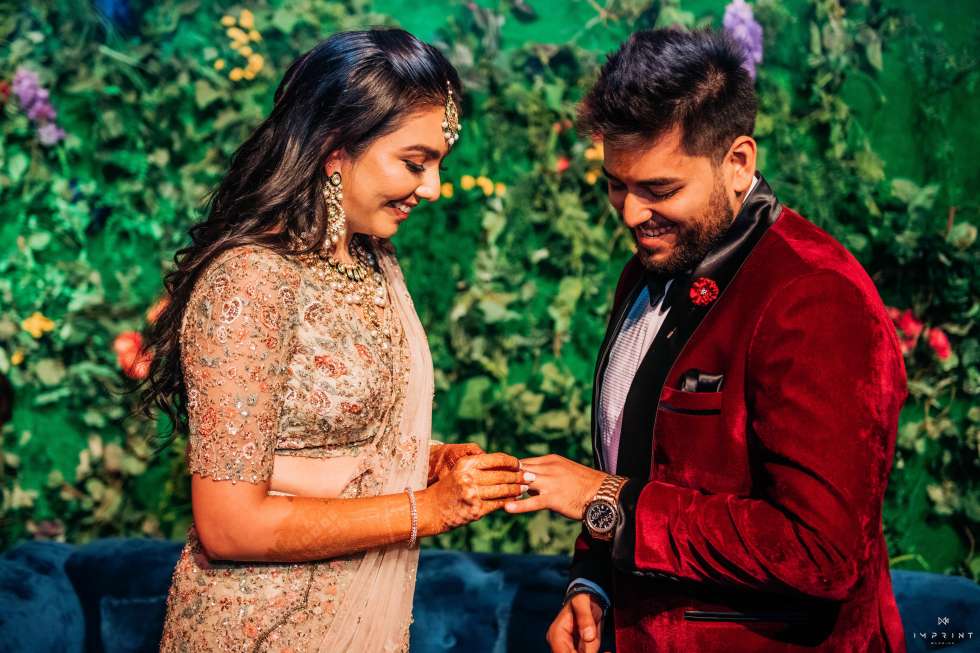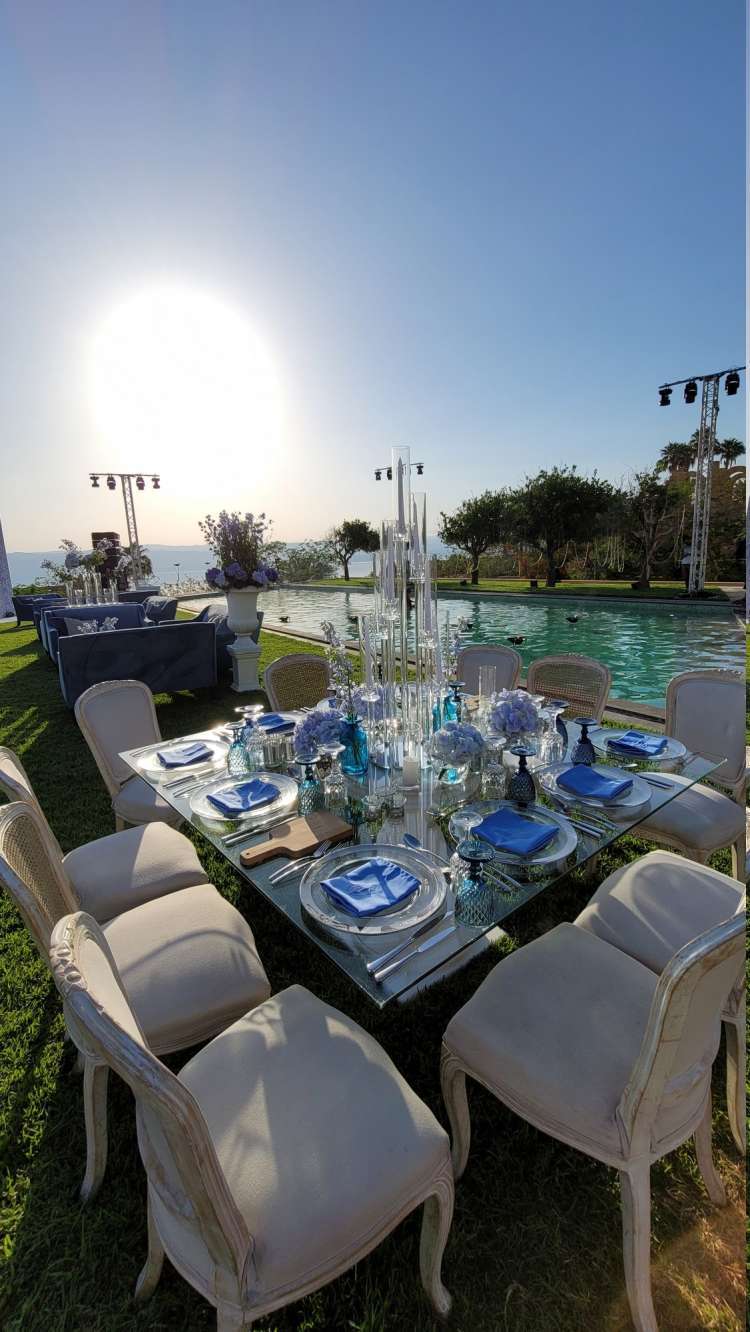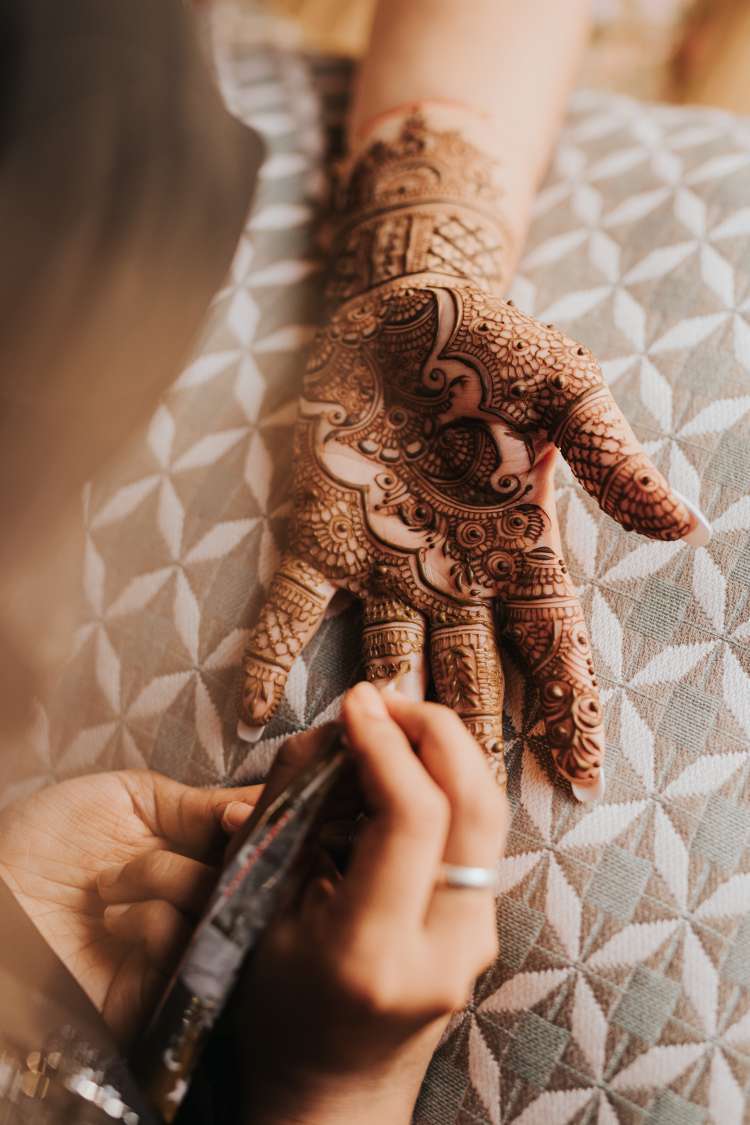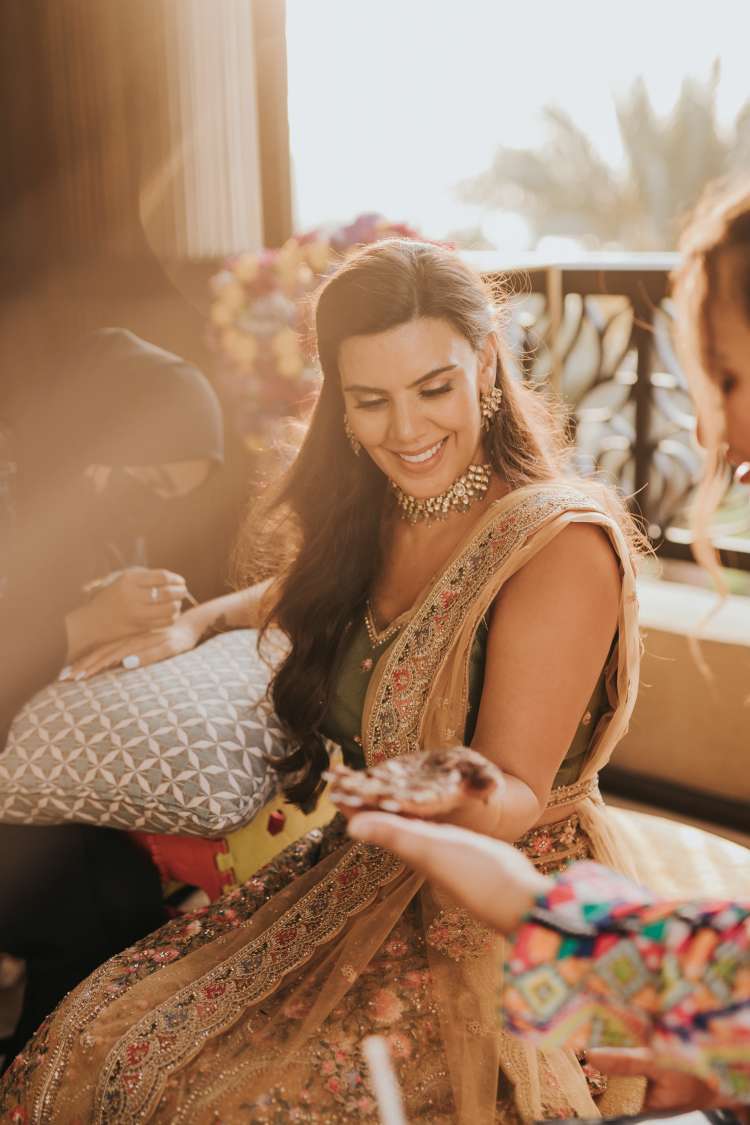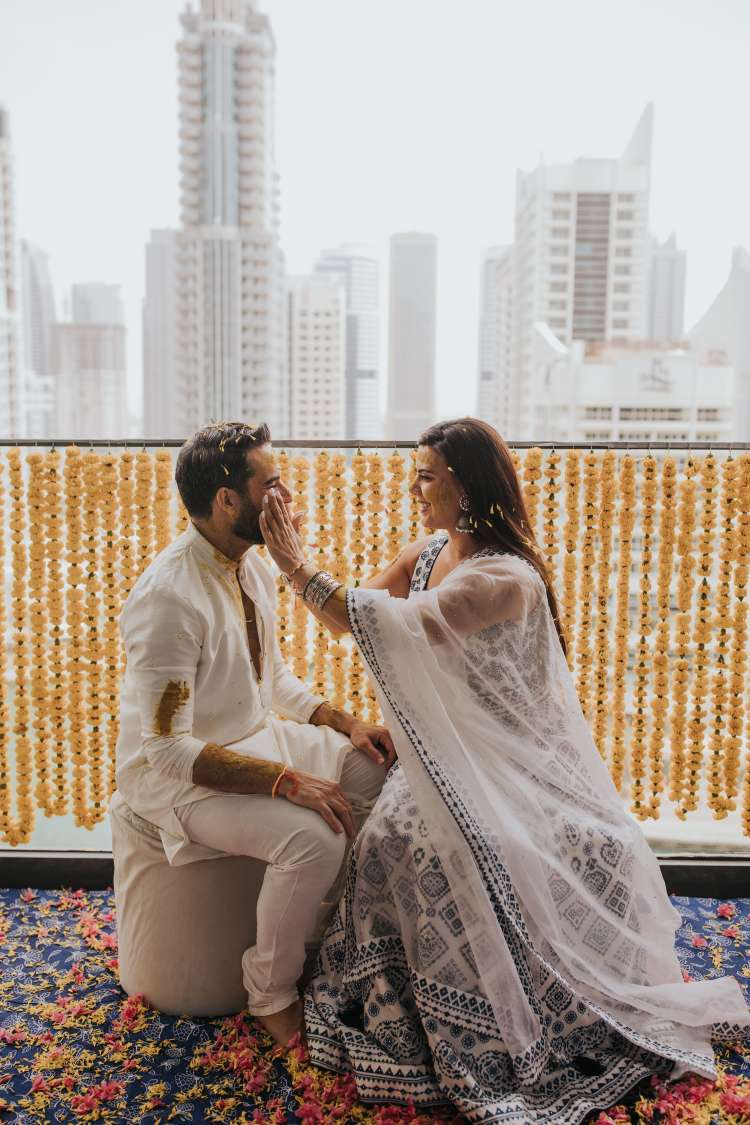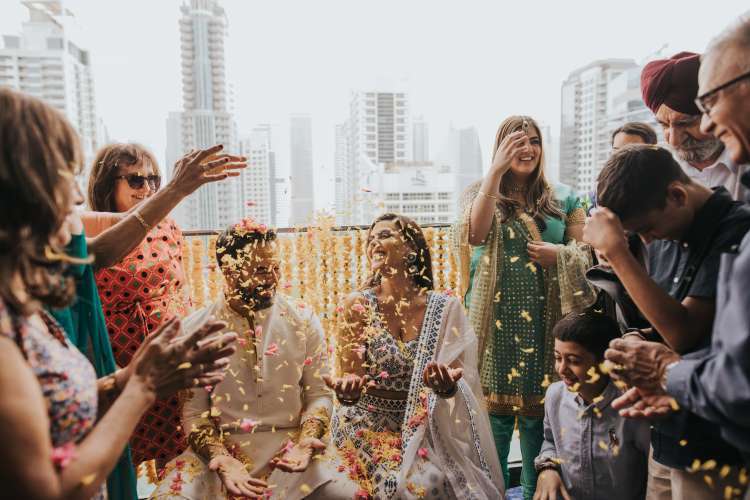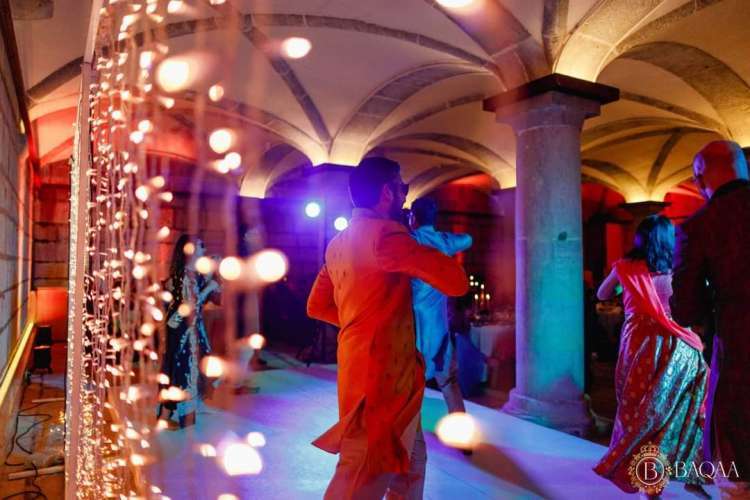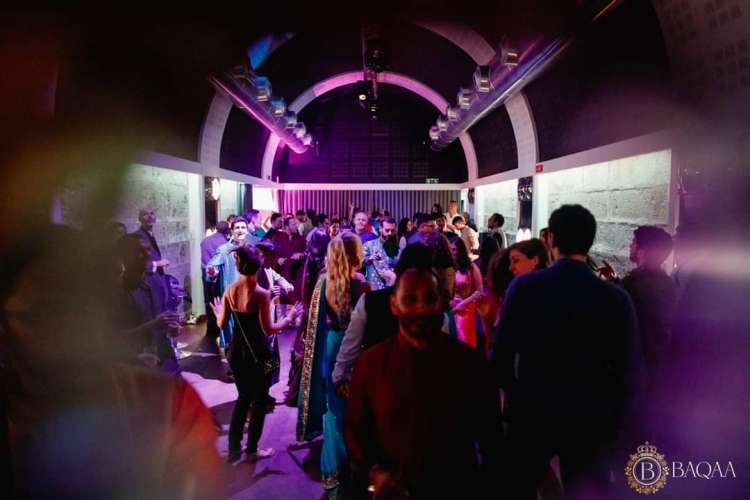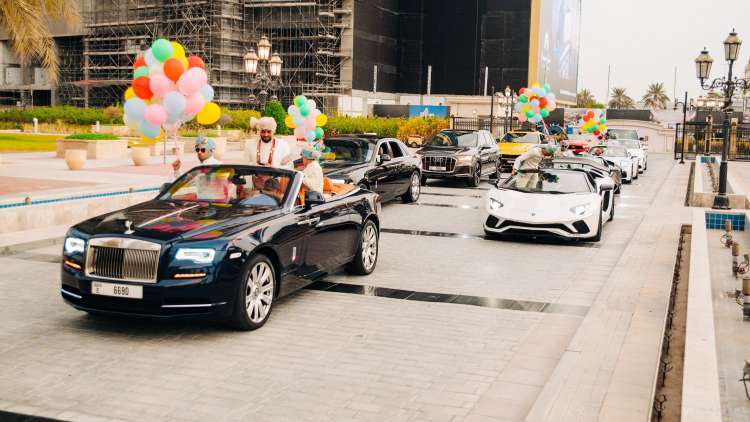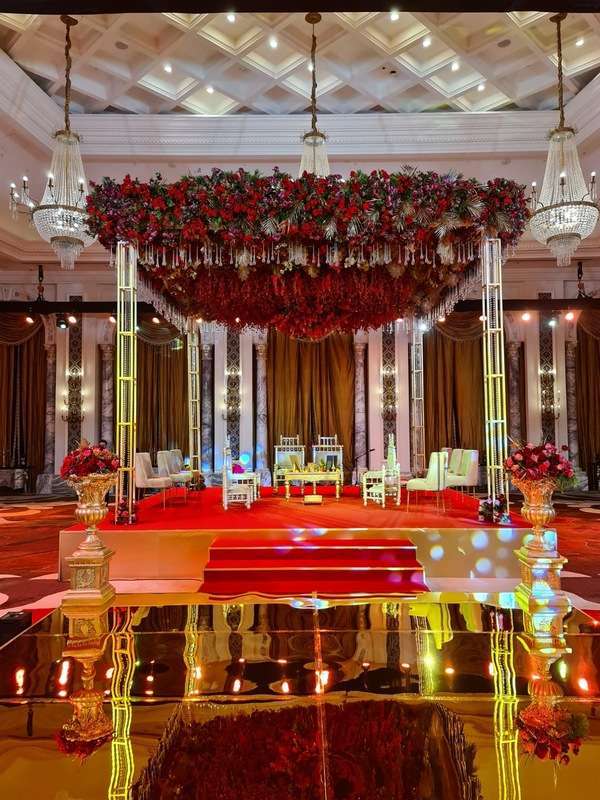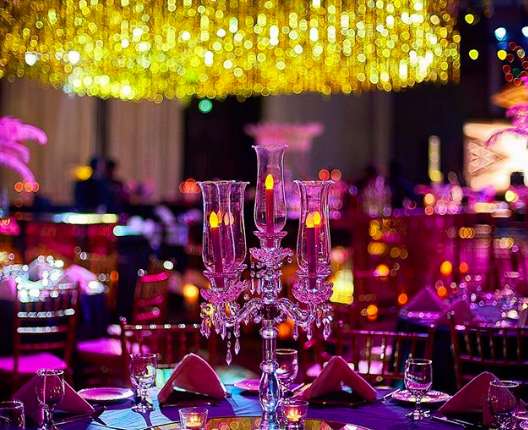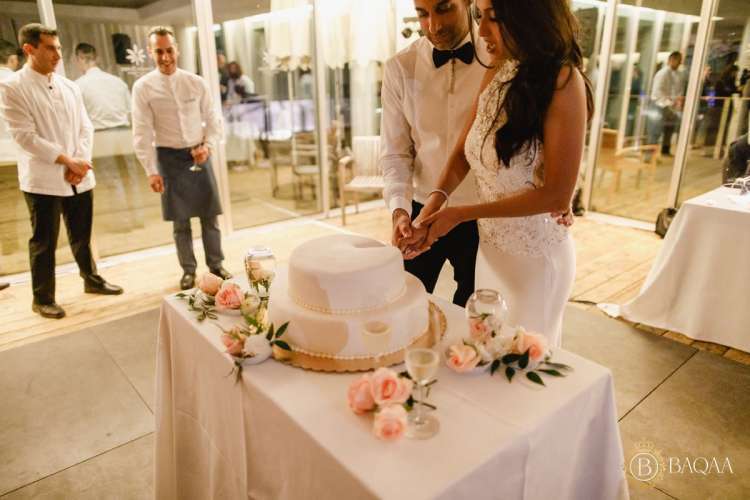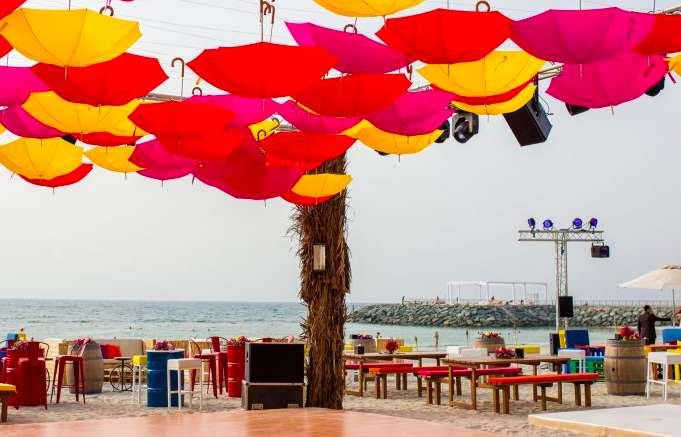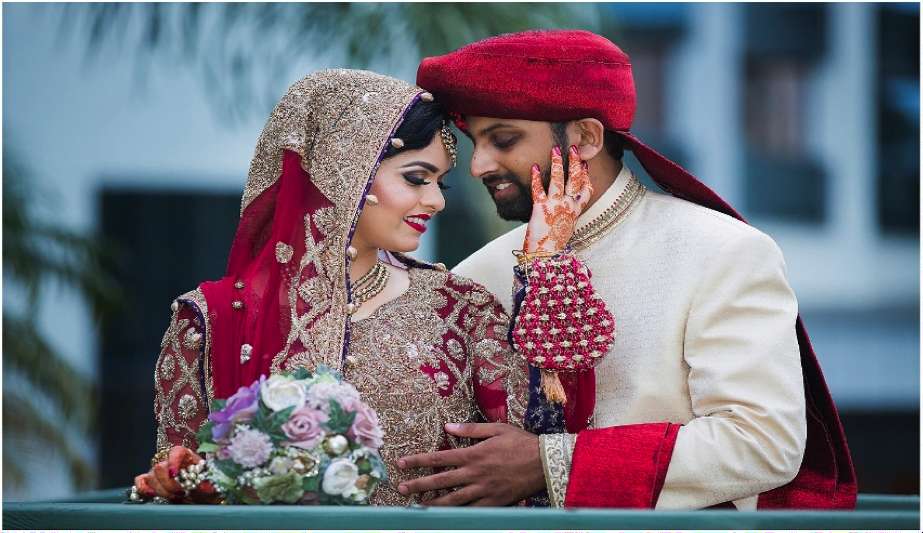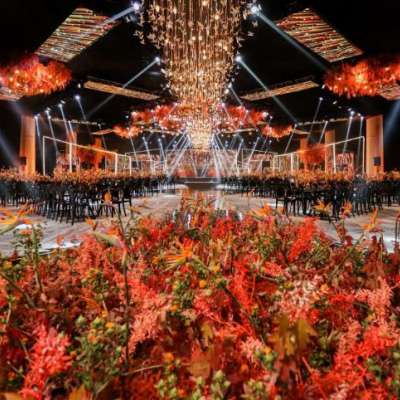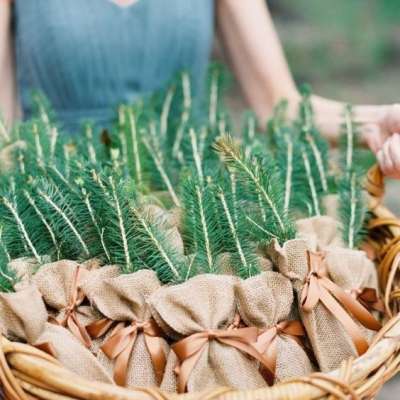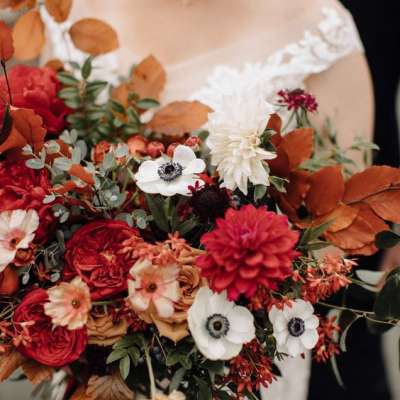The Anatomy of an Indian Wedding

The world of Indian weddings is quite a fascinating one. The wedding celebrations last a few days with a large number of guests in attendance. In the recent past, these celebrations have grown to become an extravaganza usually hosted in a foreign destination where family and friends rejoice over a destination wedding.
Here we take you through some of the important events, traditions and rituals typically seen in an Indian wedding.
Welcome Lunch / Dinner
As a growing trend, families these days are hosting a pre-event celebration in the form of a Welcome Lunch or Welcome Dinner. This is ideally put in place should a few guests be arriving at the destination before the actual celebrations begin.
Although this may not be a published event on the invite, the welcome event has gained popularity and has grown bigger over time. This is where guests break the ice and get comfortable with each other. No rituals are conducted at this event.
For this destination at the Dead Sea, the wedding celebrations kicked off with a fresh and lovely Lemon Garden lunch with a light and delicate color combination of white and shades of blue.
Mehendi / Henna Celebrations
Mehndi, the Henna ceremony, typically takes place one or two days prior to the main wedding day. The event was traditionally held separately for the bride and the groom. Lately, families have been hosting it as a mixed event. The henna is symbolically placed on the bride's hands. Take a look at some Indian henna designs here.
The groom's friends and family bring along sweets and henna for the bride, and the bride's family does the same for the groom. Female guests also applied henna courtesy of the bride’s family.
For this 5-day Indian destination wedding in Dubai, the bride had a chilled vibe sundown henna party for her girls at the One&Only The Royal Mirage.
Puja / Pithi / Haldi Ceremonies
Both sides of the family, the Bride, and Groom have their individual prayer ceremonies before any festivities or celebrations begin. This marks the auspicious beginning of the events that follow over multiple days. Usually, not a very large event, the prayer ceremonies are held in the mornings.
The Pithi or Haldi ceremony is the application of turmeric and sandalwood paste to the Bride and Groom. This is done for cleansing and beautifying the skin for that extra glow and radiance for upcoming events.
This lovely couple had a beautiful Haldi celebration before their destination wedding in Dubai! The couple had a fun-filled Haldi at their home.
Sangeet Evening
Sangeet, meaning "music", was traditionally a function where the women in the family gather around the bride and sing traditional wedding songs. Today, it has evolved into an evening of dancing and has, possibly, become the most anticipated event of the entire celebration.
Friends and family, practice tirelessly to perfect their dance moves for this big night. The theme of Sangeet ceremonies today revolves around the bride and groom – their love life, how they fell in love, how they met, and so on. International Artists, DJs, and Entertainment Acts are hired by families for their events to stand out.
This lovely Indian couple got married in Portugal and Rhea and Raj's destination wedding sangeet took place at Pestana Citadela, an art hotel in Cascais. An underground dungeon was turned around aesthetically into a super energetic sangeet, from the Bollywood drama, of a grand entry, warm, deep-colored decor with ornate candelabras and tall candles, fairy lights, and LOVE in neon lights as the backdrop to the stage.
Baraat
This is when the groom proceeds toward the wedding venue. The groom along with his entourage of family and friends rejoice and celebrate with loud drums and dances as they make their way to the wedding altar, also called the "Mandap".
Typically, the groom sits on a white horse which is also richly decorated and is armed with a sword - a Rajput. Often it can take an hour for the Baraat to move just a few hundred meters. At the other end, the bride’s parents along with other family members and friends await the arrival of the groom at the Mandap.
For this stunning massive Indian wedding in Dubai, on the last day of the 3-day celebrations, the Baraat (Groom’s Procession) began from Habtoor Palace driveway, and it was a red and gold themed event, with 22 luxurious cars for the Baraat, including Rolls Royce’s, Bentleys, Ferraris, Lamborghinis, Mercedes Maybach, Maseratis, Aston Martin’s and Range Rovers.
Wedding Pheras
Once the groom is received at the Altar, the Bride walks in with her brothers and sisters to make her way to the Altar. The priest lights the sacred fire which commences the wedding ceremony. Offerings are made into the sacred fire as a form of thanksgiving and purification.
The groom’s waistband and bride’s dupatta (a shawl-like scarf) are tied in a knot and they circle the sacred fire 7 times (pheras) and make 7 vows to each other. At the end of the pheras, the bride and groom are announced as a married couple.
The Pheras for this lovely Indian wedding in Dubai began at Habtoor Ballroom, the decor was stunning with beautiful pyros, and rose petal showers. The reception took place at Al Jood Ballroom at the Hilton Hotel with a wonderful glitz and glamour theme. With celebrity artists such as Guru Randhawa, and celebrity DJ Shadow.
Reception Evening
Just like all other cultures, after all the customs and rituals are over, it's time to party and celebrate. This marks the first public appearance of the couple as newlywed in front of friends and family. In this way, the groom’s side welcomes the new bride open-heartedly.
The venue is lavishly decorated and a grand feast is organized for the guests. The guests greet and congratulate the newlywed. Usually a black-tie event, the evening sees a host of entertainment shows, speeches by family and friends, as well as, a DJ that spins way into the early hours of the morning.
Click here to see beautiful Indian receptions!
Farewell Brunch
The Farewell Brunch is hosted by the family as a thank-you gesture for the guests who have attended the wedding over the last few days. This is the day when guests would check-out of the hotel/venue and may have their flights scheduled at different times of the day.
Hence, the concept of hosting a brunch sits in well so that the guests can be attended to over a longer time duration by the family of the bride and groom. The families bid farewell and share great memories of the celebrations. More often, there is a farewell gift given to each family also known as the Thank-You Favor.
Nikaah (in case of a Muslim wedding)
Nikaah is an Islamic official wedding ceremony. A marriage contract is signed by both the bride and the groom in presence of their parents and close relatives. Wedding is illegal without a Nikaah.
The Nikaah is performed by a religious person who has the license issued by the government to perform this ritual. The Nikaah could be followed by a Lunch or Dinner for the guests. This event traditionally has seen the men and women assemble in different venue spaces but lately this has been seen changing into a mixed event.
Walima (in case of a Muslim wedding)
Walima is the final day of the wedding held by the couple as they host their first dinner as husband and wife. This is traditionally organised by the groom and his family. The groom's family, specifically his parents, invite all of the bride's family and their guests to their home for a feast.
More commonly nowadays, this is held in a marriage hall or hotel banquet spaces instead. The Walima is typically the most festive event of the wedding ceremony and intends to publicize the marriage.
Article written by Rahul Kumar of Vivaah Celebrations. All images are the property of Vivaah Weddings.

